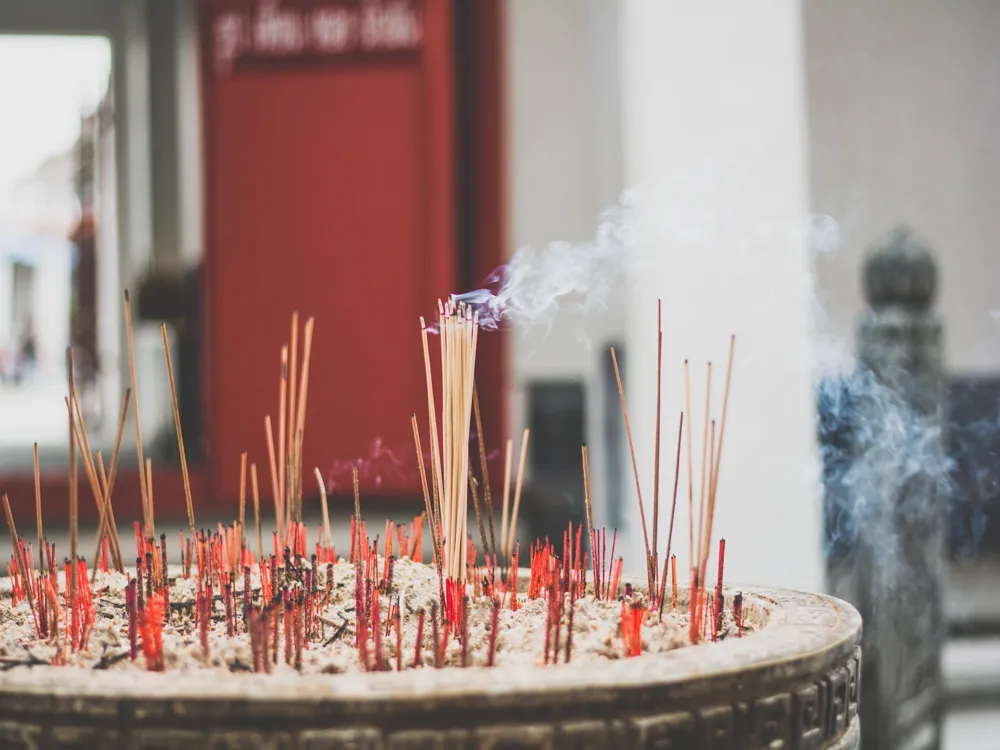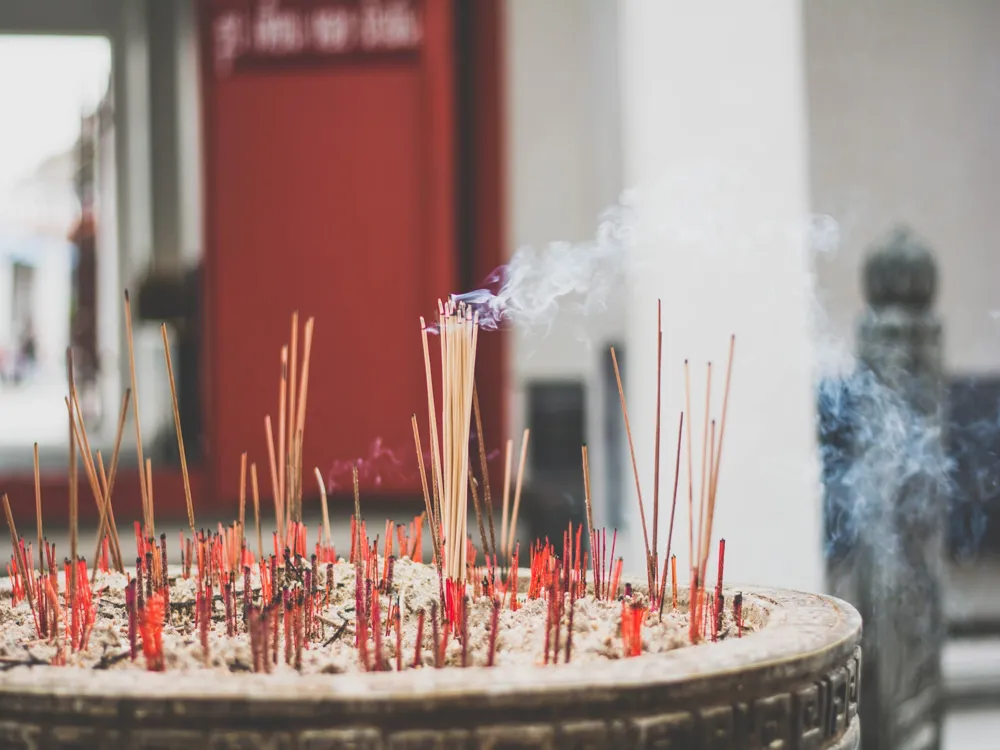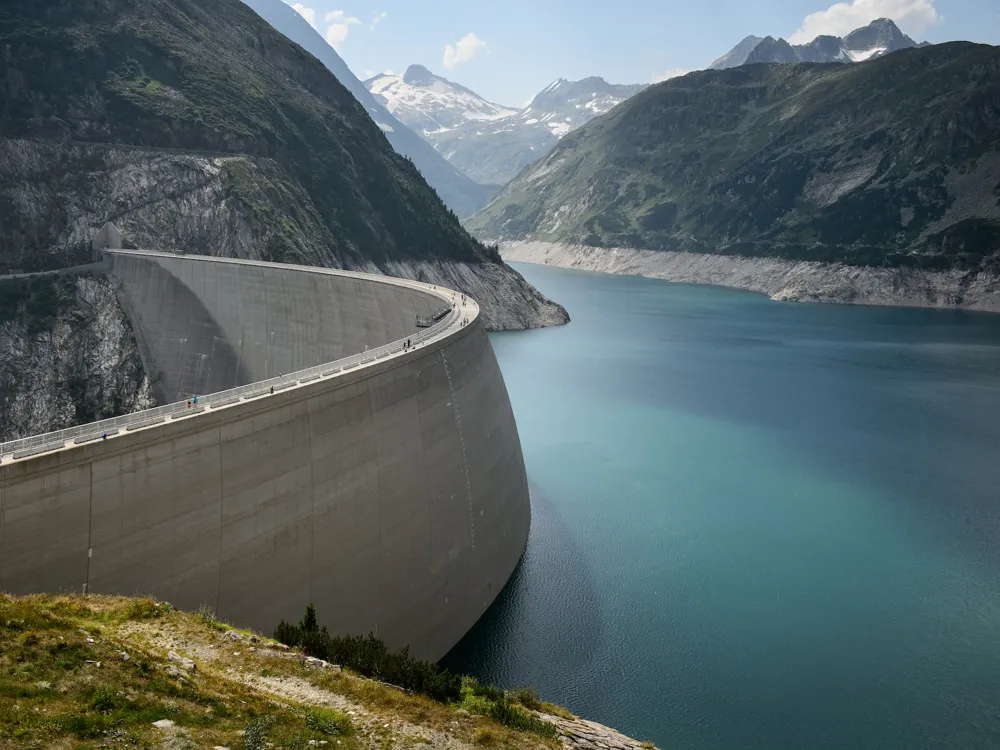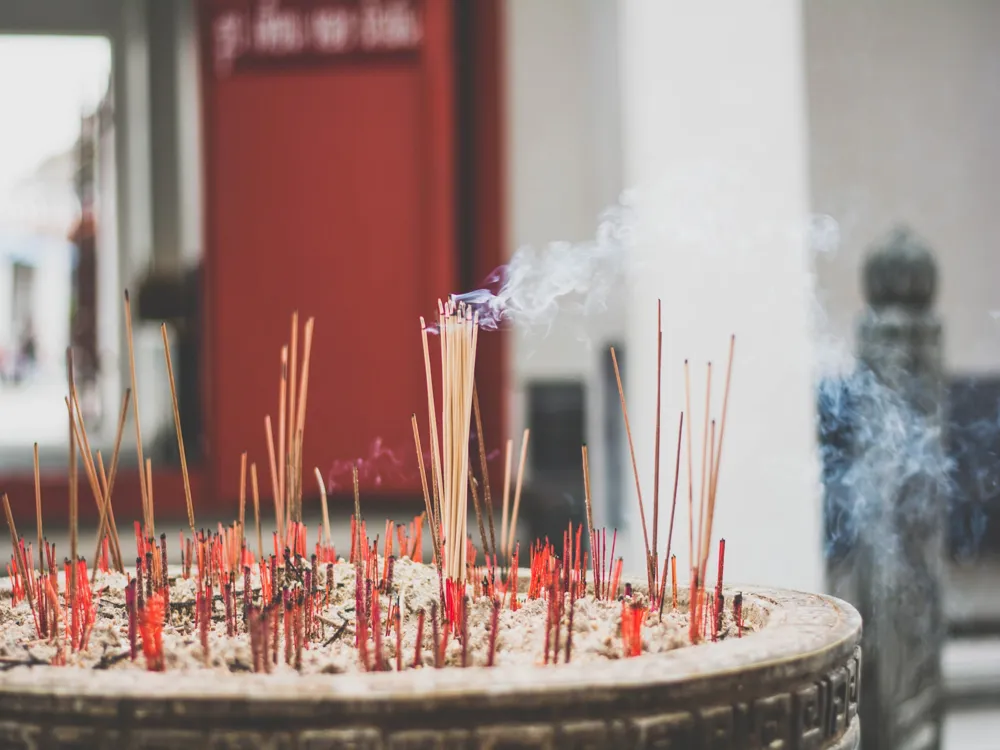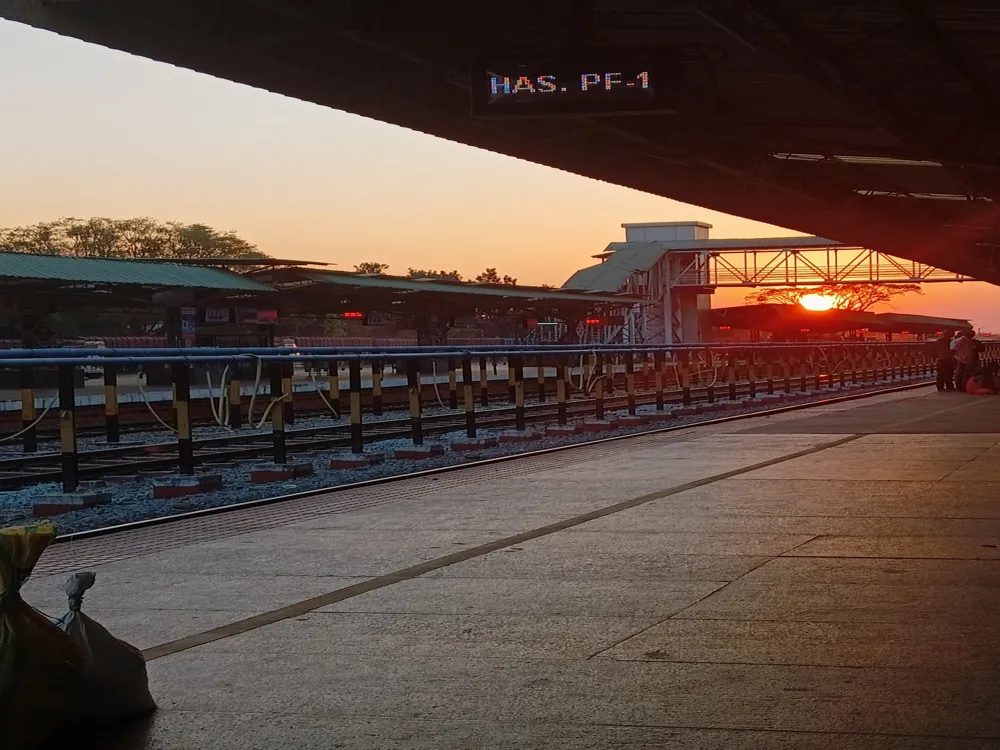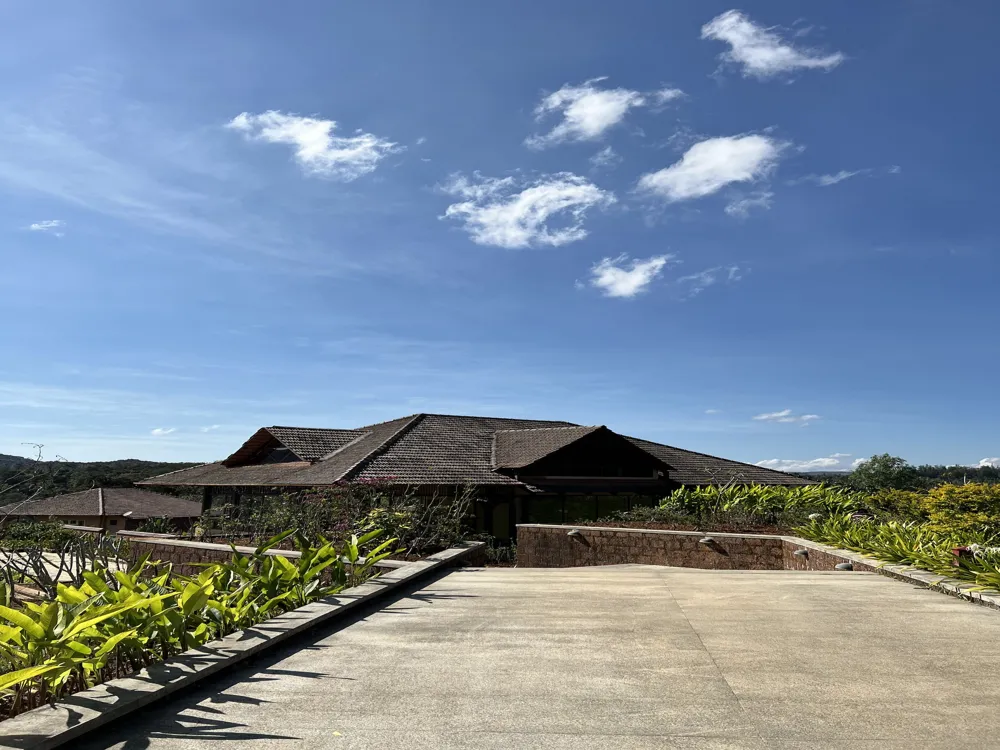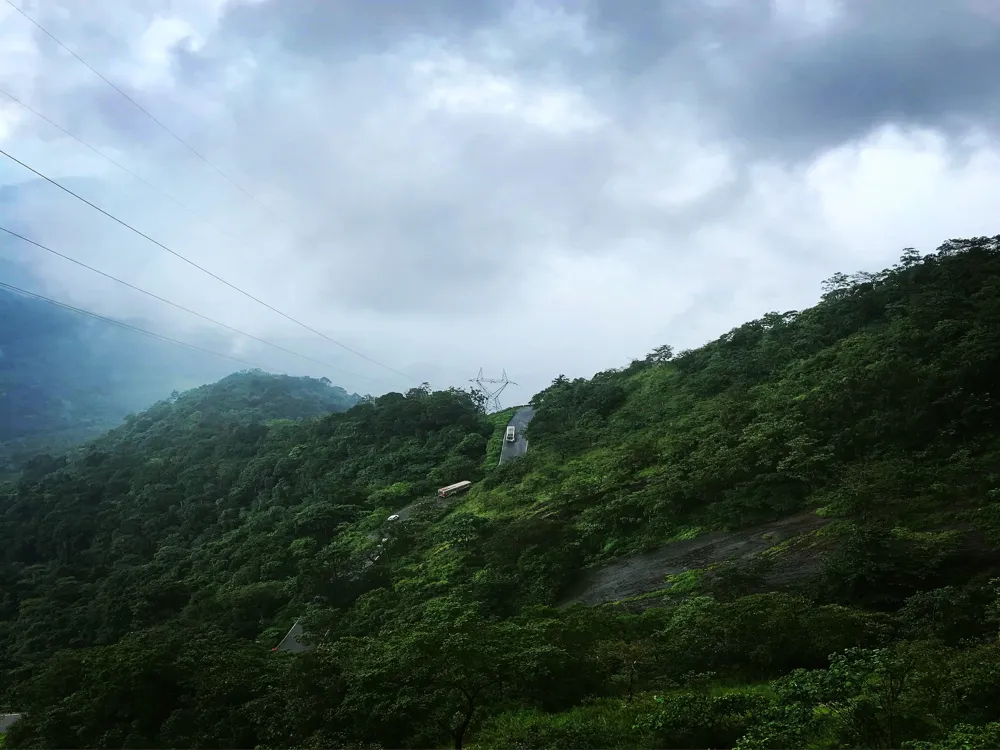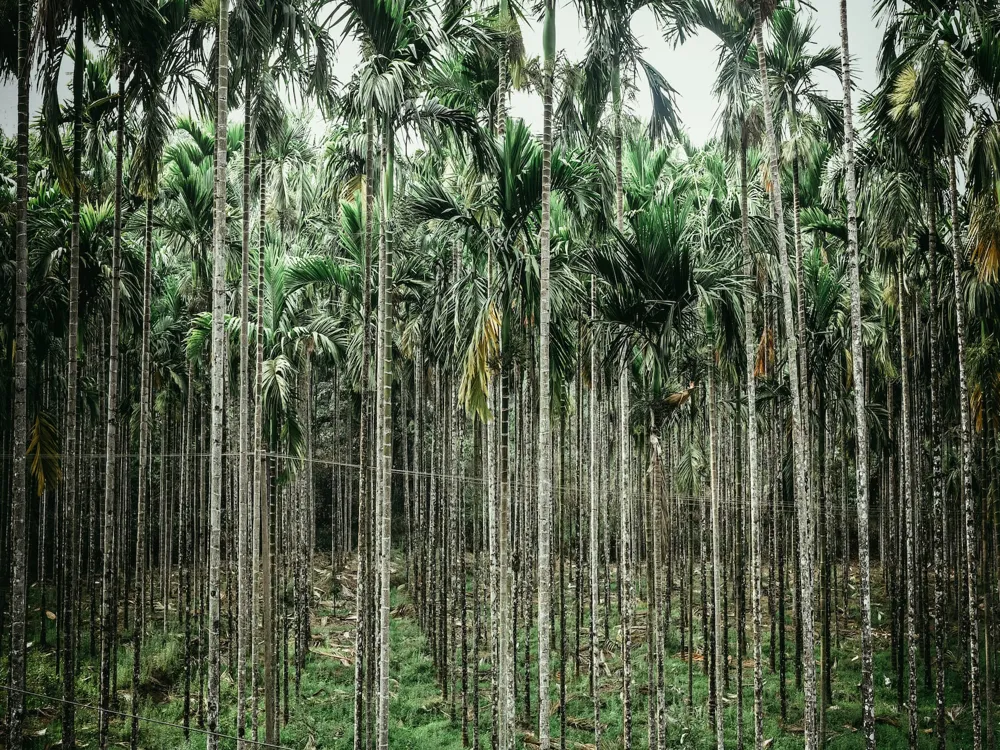Nestled in the serene landscape of Hassan district in Karnataka, the Hoysala temples at Mosale stand as a testament to the rich cultural and architectural heritage of India. These temples, dating back to the 12th century, are not just religious sites but also a canvas displaying the pinnacle of Hoysala architecture. This overview aims to take you through a journey of history, architectural brilliance, and the spiritual significance of these ancient marvels. The Hoysala era, known for its unique style of temple architecture, flourished between the 11th and 14th centuries. The dynasty was renowned for its patronage of art and culture, leading to the construction of over a thousand temples across the Deccan plateau. Among these, the temples at Mosale, near Hassan, hold a special place. They are less frequented by tourists, thus offering a tranquil and untouched glimpse into the past. The two main temples at Mosale, the Nageshwara and Chennakeshava temples, are exemplary showcases of the Hoysala's architectural ingenuity. These temples are adorned with intricately carved sculptures and friezes depicting scenes from Hindu epics, mythological stories, and daily life of the era. The detailed craftsmanship in the soapstone sculptures showcases the artisans' unparalleled skill and attention to detail. The layout of these temples follows the classic Hoysala style – raised on a star-shaped platform with a remarkable superstructure. The temples are renowned for their symmetrical design and the harmonious blending of various architectural elements. The star shape of the platform on which they are built provides more surface area for the exquisite carvings and sculptures that adorn the temple walls. The interiors of the temples are as splendid as their exteriors. The sanctum sanctorum houses the deities, and the walls are replete with sculptures and carvings. The pillars inside the temple are also noteworthy, each uniquely designed and displaying the high level of craftsmanship of the Hoysala artisans. A visit to the Mosale temples is not just a journey into history but an immersive experience into the artistic and spiritual world of the Hoysala empire. These temples are silent narrators of the past, telling stories of devotion, art, and the grandeur of a bygone era. The Hoysala temples at Mosale are distinguished by their intricate and sophisticated architectural style, which is a hallmark of the Hoysala dynasty. This section delves deep into the architectural nuances of these temples, exploring their unique design elements, structural intricacies, and artistic embellishments. The most striking feature of the Hoysala architecture, as seen in the Mosale temples, is the attention to detail in every aspect of construction. The temples are built on a jagati (platform), which is not just a mere base but an integral part of the temple's overall design. This elevated platform often takes a star-shaped plan, allowing for a circumambulatory path around the temple and providing multiple perspectives of the temple's detailed carvings. The exterior walls of the temples are profusely decorated with an array of sculptures and friezes. These sculptures depict various Hindu deities, scenes from epics like the Ramayana and the Mahabharata, as well as episodes from the Puranas. The lower sections of the walls often have rows of sculpted elephants, lions, and horses, symbolizing strength, courage, and grace. The vimana (tower) over the sanctum is another defining feature of the Hoysala architecture. These towers are intricately carved and follow a complex, ascending design that mimics the rise to the heavens. The towers are crowned with a kalasha, a sculptural element resembling a water pot, which is considered auspicious in Hindu temple architecture. Inside the temples, the use of lathe-turned pillars is prominent. These pillars, each uniquely carved with different designs, support the roof of the main hall and the sanctum. The ceilings are also ornately carved, often featuring elaborate floral designs and geometrical patterns. The temples at Mosale also exhibit a harmonious blend of various architectural styles. Elements from Dravidian, Nagara, and indigenous Hoysala styles can be seen seamlessly integrated, reflecting the cosmopolitan nature of the Hoysala Empire. The Hoysala temples at Mosale are not just places of worship; they are grand canvases that display the pinnacle of medieval Indian architecture. Every stone and sculpture tells a story, making these temples a living museum of art and history. The ideal time to visit the Hoysala temples at Mosale is between October and March. During these months, the weather is pleasant, which makes exploring the intricate architecture and detailed carvings a comfortable experience. Visitors are advised to dress modestly, keeping in mind the temples' religious significance. It is recommended to wear clothes that cover the shoulders and knees. Additionally, it is important to maintain a respectful demeanor within the temple premises. Photography is usually allowed in the temple complex, but it's advisable to check for any specific restrictions, particularly inside the sanctum sanctorum. Using flash photography can be disruptive, so it’s better to avoid it. Engaging a local guide can enrich your visit as they provide detailed insights into the history and architecture of the temples. They can also help in understanding the mythological stories depicted in the carvings. While the temple complex is generally accessible, some areas might be challenging for those with mobility issues due to uneven ground and steps. Basic facilities like restrooms and small eateries can be found nearby. Mosale is well-connected by road and is easily accessible from major cities in Karnataka. The nearest major city is Hassan, which is about 12 kilometers from Mosale. Visitors can reach Hassan by train or bus from various parts of Karnataka and then take a local taxi or auto-rickshaw to reach the temples. For those driving from Bangalore, Mosale is approximately 180 kilometers away, and the drive takes about 3 to 4 hours. For visitors using public transportation, buses ply regularly from Hassan to Mosale. However, the frequency may vary, so it's advisable to check the schedule beforehand. Alternatively, hiring a taxi for a day trip from Hassan to Mosale can be a more convenient option. Read More:Overview of Hoysala Temples at Mosale, Hassan, Karnataka
Architecture of Hoysala Temples at Mosale
Tips When Visiting Hoysala Temples at Mosale
Best Time to Visit
Dress Code and Etiquette
Photography Guidelines
Local Guides and Tours
Accessibility and Facilities
How To Reach Hoysala Temples at Mosale
Hoysala Temples at Mosale
Hassan
Karnataka
NaN onwards
View hassan Packages
Hassan Travel Packages
View All Packages For Hassan
Top Hotel Collections for Hassan

Private Pool

Luxury Hotels

5-Star Hotels

Pet Friendly
Top Hotels Near Hassan
Other Top Ranking Places In Hassan
View All Places To Visit In hassan
View hassan Packages
Hassan Travel Packages
View All Packages For Hassan
Top Hotel Collections for Hassan

Private Pool

Luxury Hotels

5-Star Hotels

Pet Friendly







